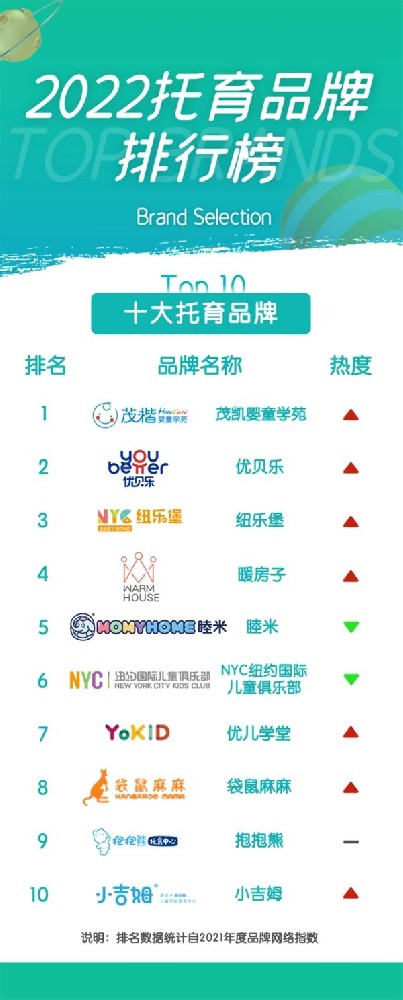What should I pay attention to when joining an early childhood education and training institution?
First, the nature of running a school in an institution for young children to join. At present, there are three main types of computer training institutions on the market, franchise-style, self-employed, and group-run. Franchisees generally only need to invest in the brand of a certain prestigious school, which is known as a computer training institution of a prestigious school, but in fact it has nothing to do with a prestigious school. Generally, the management of such schools is relatively loose, and the quality of teaching is not guaranteed. Self-employed enterprises are generally small training institutions established by individuals, mainly for profit-making purposes, without a strict management system, relatively weak teachers, and no employment security. The group's style of running schools is generally to run schools for a long time, and it has a certain influence across the country. Such schools will have chain colleges and universities in all provinces across the country, all with a unified teaching model, a unified management model, and a unified employment network.
Second, the time for young children to join the school of the institution. Schools with relatively short running times are not perfect enough, all aspects have yet to be improved, and employment is not fully guaranteed. Schools with a long history of running schools generally have higher credibility. The so-called good school can withstand the test of time.
Third, the scale of early childhood education institutions to run schools. There are no more than 200 students in school, dozens of computers and aging configurations, and there is no formal e-education center. Nine out of ten such schools are fooling people. There are generally thousands of students in formal colleges and universities. Unified management, with its own campus culture.
Fourth, the venue for young children to join the institution to run a school. A formal computer school must have an independent school site. Teaching buildings, experimental buildings, student dormitories, student canteens, office buildings, etc. are readily available, with perfect facilities.
Fifth, the certificate. There are not many certificates that schools can provide, and it depends on whether the issuing authority is authoritative. General training institutions do not have many certificates. Formal colleges and universities are generally registered in the relevant education departments and labor departments, and they are qualified to independently issue certificates of completion or other certificates. And you can also apply for many authoritative skills certificates at home and abroad in school.
Which early childhood education and training institution is good to join?

1. Sesame Street English
2. Blueberry Fruit Education
Three, Campbell
Four, the pony runs fast
5. Royal Children's English
6. Sesame Street English
7. Blueberry Fruit Education
8. Royal Children's English
Nine, building blocks baby
10. Genius baby
What are the recruitment conditions for teachers in early childhood education and training institutions?
Job requirements:
1. College diploma or above; special education, physical education, preschool education or other related majors; work experience in special education, sensory integration training, etc. is preferred;
2. Aspiring to engage in education, responsible, strong affinity, and good teamwork;
3. Good image and temperament, with strong execution ability and stress resistance, both men and women are not limited.
What is the work content of teachers in early childhood education and training institutions?
Job introduction
1. According to the evaluation results, understand the child's various ability levels;
2. Master the basic knowledge of sensory integration theory, according to the intervention goals and complete the training records;
3. Master the use of sensory integration teaching aids and sensory activity training methods, and be able to adjust the problems in the training in a timely manner; 4. Complete regular parent communication to understand the child's situation, and feedback the training results.;
5. Participate in teaching research and related training to improve your professional theoretical and practical skills


Leave a Reply